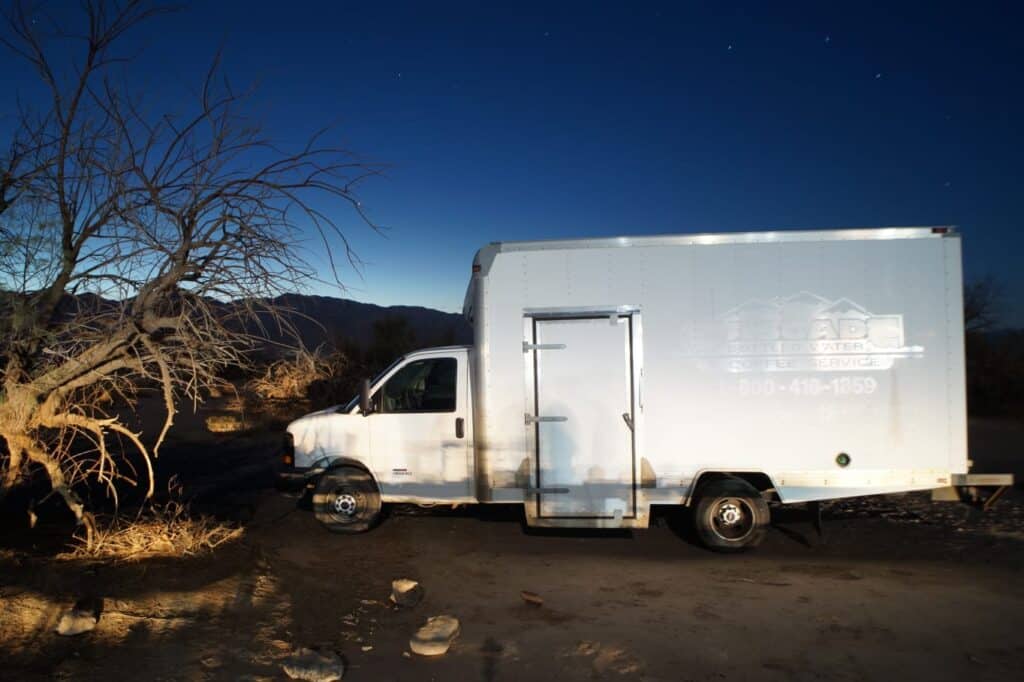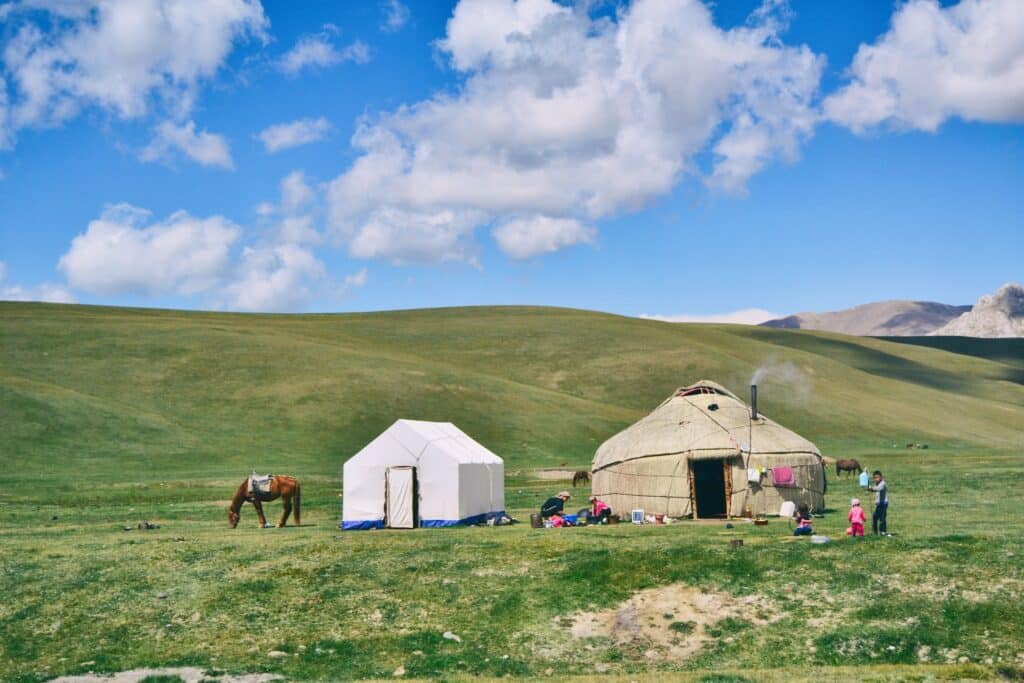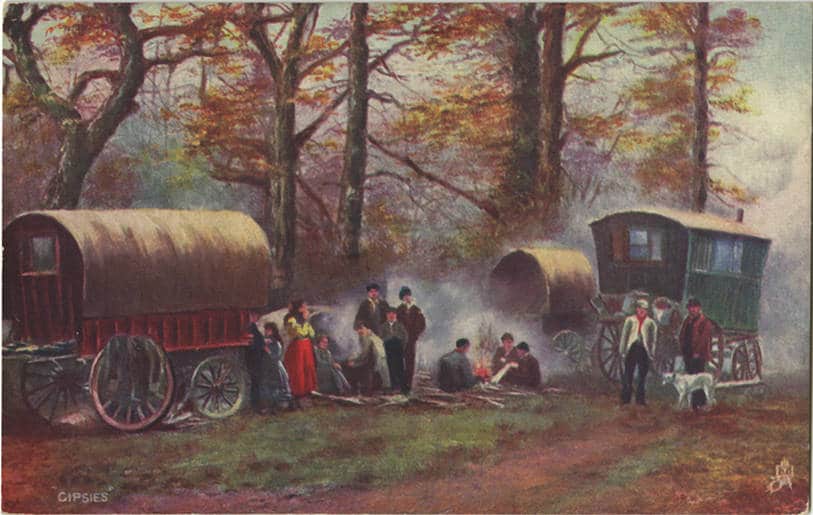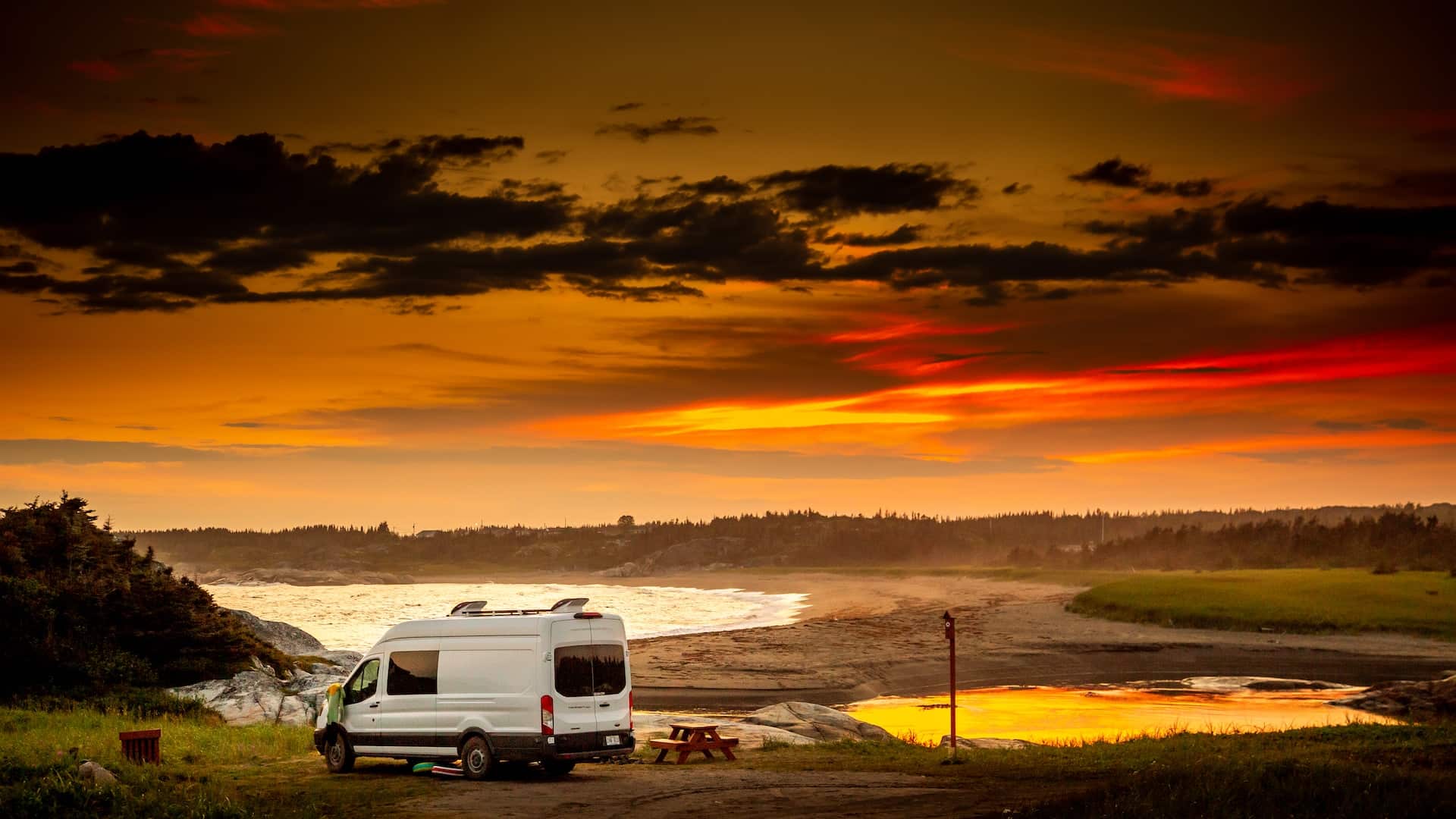We’ve all seen the pictures. Sometimes a man, usually a woman, often in leggings, always in shape.
It’s the Golden Hour and our intrepid millennial is parked in some impossibly beautiful place meditating, laughing, or simply lost in thought. As the rest of us languish in the orthodoxy of 9-5 drudgery, this person has somehow broken through the matrix with the help of a converted Mercedes Sprinter and is now vibrating from one ecstatic moment to another.
This is vanlife, an invitation to strip our existence to its bare essentials and hit the road for parts unknown, but not before spending thousands on cute little interior customizations to make everything adorably instaworthy.
My own encounter with vanlife was considerably less glamorous. Broke and homeless after months of bitter and very expensive divorce proceedings, I borrowed against my retirement and bought an old water-delivery truck off a man in New Mexico.

This was an act of desperation. I was not aware of the social media buzz around vanlife, though once coworkers found out about my situation, they shared all kinds of gushing pictures with me to boost my spirits and to reframe my experience as one of liberation and opportunity.
Except that I couldn’t afford any of the cute stuff. It was dark in that box. I wore a headlamp inside until a friend bought me some battery operated strip lights which worked great until the batteries died and I just went back to my headlamp. I spent a year in the truck during which time I experienced three break-ins. I had a bucket to relieve myself, a sleeping bag on the floor, and I bought a gym membership to take showers. Although fortunate enough to live in Southern California at the time, that winter dropped into the upper 20s. Cold and miserable, I scrolled through the #vanlife pictures now flooding my feed.
What I saw was so far from my reality that I recognized the lie immediately.
Like everything else on social media, these were images manufactured to create engagement. The lighting, the nakedness, the bliss- all of it meant to play into our escapist fantasies and inspire a kind of aspirational envy. This was a lifestyle that seemed so within reach, an antidote to the unattainable and thoroughly bloated affluence of celebrity culture. This was paradise for the common folk, a lawless wonderland where, with a little decorative foresight, one’s life would become an endless series of photogenic adventures.
At the height of the vanlife trend, folks were hitting the road confident that their daily vlogs and YouTube tutorials would be salivated over consistently enough to be monetized. In order to maintain that revenue, however, everything had to be perfect. Videos had to be edited, cut, and color-corrected for maximum engagement. The occasional mishaps and inevitable disagreements between vanlife partners had to be radically dramatized to simulate authenticity, “It’s not all roses out here, guys.”
The trend peaked during COVID and has quieted since, but there are still those who wonder about the viability and practicalities of vanlife.
We submit that the appeal is, in part, primal. We all carry the existential awareness of life’s transience, and the ideas of reducing our consumption and reevaluating our reliance upon the material requirements of urban life make intuitive sense.
But what is also primal is our need for community and this is where vanlife falls apart.

Nomadic people don’t make a habit of leaving everything and everybody behind for a life spent pandering to social media “followers.” They are not digital beggars, asking that others fund their lifestyle in exchange for pics of sun salutations in collaboration with Lululemon.
That’s weird.
Nomadic people travel in community. They have children and raise them to grow up with other families. Nomadic people prioritize function over form and move from place to place in accordance with seasons and opportunities, sharing the challenges and benefits with others. They are not searching for novelty and excitement. Their migratory patterns are fixed, burned in through centuries of travel that have identified the areas where they are to settle for a time.
This is the difference between a passing trend and an enduring culture. The former is centered on the opportunistic pursuit of novelty while the latter is an exercise in communal necessity. The former is performative, manufactured for an audience, while the audience for the latter consists only of the participants.
Does this mean that vanlife is an empty delusion without value?
No.
We believe that vanlife continues to have worth as an important social experiment.
Inflation, global warming, and growing political insecurity demand that we revisit lifestyles established before these challenges were on our radar. The increased prevalence of remote work creates opportunities that have not been fully explored.
Dust and Tribe would like to be a part of that exploration.
What if the vanlife model included community?
What if we could somehow split the responsibilities of earning a living, staying organized, and preparing meals, while at the same time building bonds and sharing adventures? What if we could establish migratory routes that allowed us to stay digitally connected while also keeping us in beautiful places and away from harm?
Lots of questions, lots of possibilities, and one invitation.
This October, we’re looking for six pioneers, three men and three women open to piloting a fresh, communal version of #vanlife. Cramped quarters and brisk showers may not excite you, but what about the places you’ll see and the people you’ll meet, and the opportunity to quite literally create a new way of being in the world?

Ok. Now we’re being dramatic.
The Romani people have been doing this for over 1000 years. Which means the model works, for them anyway.
But can it be adapted? Does the model hold promise for the rest of us? Or will this be an absolute disaster, the nail in the coffin of vanlife, killing the trend once and for all?
Sign up and find out : )
Leave a comment below for posterity or join us in the D&T Chautaqua Discord to discuss this post with other adventurous spirits from around the world.

Salam,
Very Interesting Indeed!
I knew Vanlife would peak, and then only the interested would pursue it perhaps a few times every year. Some of the YouTubers that I followed, moved to a proper house to live with their partners, realizing that you need a proper job to get medical benefits and the importance of saving for retirement…..otherwise, life will be cruel.
We live in a developed country where life is designed to make us a prisoner of the super system, we are just SSNs who have the follow most of the rules of society in pursuit of money for our / family’s survival.
The only way to experience this kind of adventure you are talking about would be in a country that is not modernized and has agriculture as a major source of income for subsistence…
Is that picture from Mongolia? that was my first thought.
Wa’l-salaamu ‘alayka,
Anjum
Salam Anjum!
Great to hear from you. Yes- that is a picture from Mongolia : )
Subhanallah…that is extremely rough to have gone through that. Both the physical and emotional aspects of it. I don’t know what to say, that’s really hard. Mashallah for breaking through it and rebuilding.